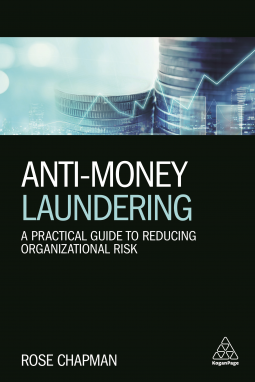
Anti-Money Laundering
A Practical Guide to Reducing Organizational Risk
by Rose Chapman
This title was previously available on NetGalley and is now archived.
Send NetGalley books directly to your Kindle or Kindle app
1
To read on a Kindle or Kindle app, please add kindle@netgalley.com as an approved email address to receive files in your Amazon account. Click here for step-by-step instructions.
2
Also find your Kindle email address within your Amazon account, and enter it here.
Pub Date May 03 2018 | Archive Date Jun 15 2018
Kogan Page Ltd | Kogan Page
Talking about this book? Use #AntimoneyLaundering #NetGalley. More hashtag tips!
Description
It is estimated that between 2 and 5 per cent of global GDP (over $3 trillion) is laundered by criminals around the world every year.
Once thought to be a problem which only affected banks and the financial services sector, high profile cases, such as the recent leak of the Panama Papers in 2016, have thrust the issue into the public arena, and governments around the world are being forced to put robust systems and controls in place. Anti-Money Laundering offers a cost-effective self-development tool for the busy compliance professional eager to progress their career and in need of an accessible, practical and jargon-free introduction to anti-money laundering (AML).
Anti-Money Laundering offers a practical guide to navigate the maze of requirements needed to counter money laundering in an organization. This book separates the different elements of AML practice, featuring a range of case studies and scenarios highlighting issues and best practices around the world. The text demonstrates that it is by foresight and methodology that AML can be mitigated, and provides clarity on complex points to better enable readers to gain the expertise they need to achieve success in practice.
Available Editions
| EDITION | Other Format |
| ISBN | 9780749481896 |
| PRICE | $55.00 (USD) |
| PAGES | 200 |




